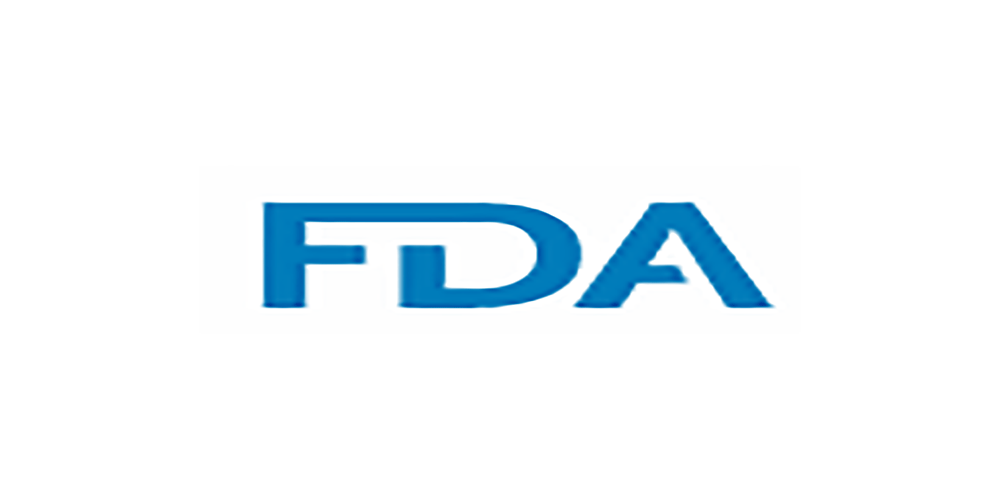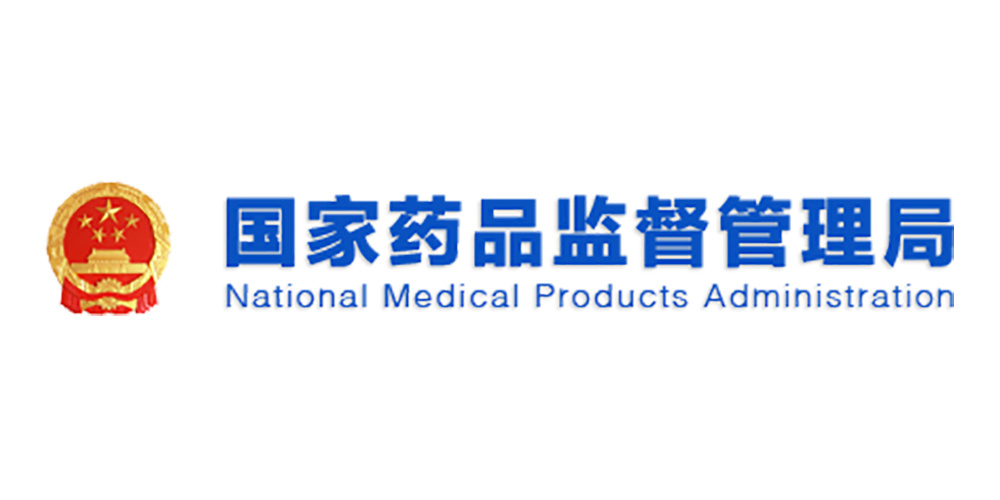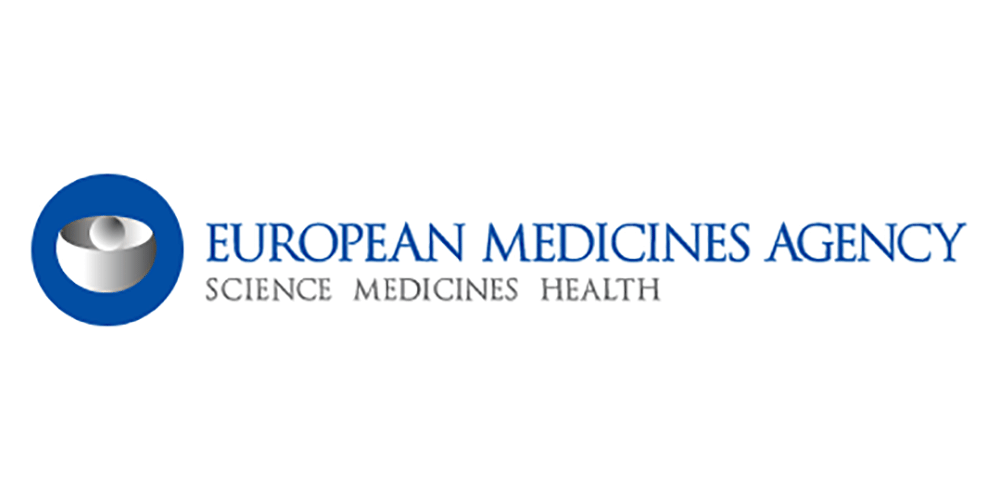News attention
05
2020
-
04
Scientific Research News | Research Progress of novel coronavirus Pneumonia (COVID-19) (47)
On April 4, Christian Drosten and other researchers at the Charité School in Berlin, Germany, published a paper entitled "Virological assessment of hospitalized patients with COVID-1" online in the journal Nature, detailing the virological characteristics of the new coronavirus in a group of hospitalized patients. From the perspective of virology, it not only reveals many differences between the new coronavirus and the SARS virus, but also strongly supports the view that "asymptomatic people are infectious", and once again emphasizes the significance of taking "all people are potentially infected" as the standard and doing a good job of protection.
The samples used in the study were all from nine patients in Munich. The researchers noted that oropharyngeal swabs or nasopharyngeal swab samples from these patients date back as early as the first day of symptom onset. At this point, their symptoms are often very mild. It should be noted that in the first 9 days of symptom onset, the patient's swab samples were positive, and the RNA level of the new coronavirus was high. In addition, in the patient's sputum, the researchers also detected the RNA of the new coronavirus.
Theoretically, the RNA of the virus can be detected, which does not mean that the virus is still alive at this time (the dead virus will also have viral RNA). To determine whether patients were potentially contagious when they first showed symptoms, scientists further tried to isolate and culture the virus from patients' samples. Follow-up results showed that the virus was isolated from both swab and sputum samples during the first week of symptom onset. From day 8 onwards, although the patient's sample was still able to detect a high viral load, scientists were no longer successful in isolating the virus.
Based on these results, the researchers speculate that the virus replicates in the upper respiratory tract early in the course of the disease. To test this idea, they devised a special test that specifically detects the virus's sgRNA, a specific type of RNA found only in infected cells, which indicates how active the virus is to replicate. The results showed that the new coronavirus can actively replicate in the pharynx during the first 5 days of symptom onset.
Previously, some studies have shown that large amounts of viral RNA were detected in patients' stool samples. Does this indicate that the virus may also be transmitted through fecal-oral transmission? To answer this question, the researchers also analyzed the patient's feces. The results showed that although the level of coronavirus RNA in the feces was very high, the virus could not be isolated from any of the 13 samples tested. In addition, using this set of techniques to detect viral replication, the researchers did not observe obvious viral replication in feces. In general, in order to reduce infection, prevention and control measures should focus on reducing the spread of droplets.
In other studies, scientists have also discovered some strange features of the new coronavirus. They pointed out that 9 of the 6 patients had stool and sputum samples that could still detect RNA of the new coronavirus after 3 weeks. By this time, their symptoms have long since disappeared completely. Considering that medical resources are still in short supply, many hospitals will choose to discharge patients as soon as possible. The authors say that when discharging patients, we need to follow strict criteria (such as 10 days have passed since the onset of symptoms, or the number of viral copies does not exceed 10,<> per milliliter) to minimize the risk.
In the summary section of the paper, the researchers noted that among the patients analyzed, the new coronavirus and the SARS virus showed very different virological characteristics. For SARS viruses, RNA levels typically peak 7-10 days after symptom onset. The new crown virus seems to be "the peak of debut", and the level of RNA reaches a peak within 5 days of the onset of symptoms. And compared to the SARS virus, the peak can be 1000 times higher! In addition, they were surprised to be able to isolate the new coronavirus from pharyngeal samples. In contrast, the isolation of SARS virus has been rarely successful.
Taken together, these results suggest that the new coronavirus can actively replicate in upper respiratory tract tissues and reach high levels when symptoms are not obvious. By the time the patient develops symptoms, the peak of the virus in the upper respiratory tract may have even passed. For this reason, in order to control the new crown epidemic, we need more rigorous and effective means than the prevention and control of the SARS virus [1].
On March 3, Tian Huaiyu of Beijing Normal University and others published a report paper entitled "An investigation of transmission control measures during the first 31 days of the COVID-50 epidemic in China" in Science. In the study, researchers conducted a quantitative analysis to investigate the role of travel restrictions and spread control measures in the first 19 days of the COVID-2019 epidemic in China, from December 12, 31 to February 2020, 2. This period includes the 19 days of the Spring Festival holiday, that is, 19 days before the Lunar New Year on January 50 and 40 days after that. The analysis is based on a uniquely geocoded database on COVID-1 epidemiology, mobility, and public health (non-drug) interventions. The data includes the number of COVID-25 cases reported daily in each city in China, the migration information of 15.25 million people in Wuhan, and data on the type and timing of transmission control measures implemented by cities in China.
The researchers believe that the lockdown in Wuhan reduced the spread of the epidemic to other cities by 2.91 days (95% CI: 2.54-3.29 days), thereby delaying the spread and spread of the disease in other parts of China, an important conclusion adopted by the World Health Organization and published in the global research roadmap for coronavirus. Among the interventions, the most effective measures were the suspension of public transport within the city, the closure of entertainment venues and the prohibition of public gatherings. Emergency action measures across the country have slowed the growth of the COVID-19 outbreak and limited its reach. As of February 2 (day 19), hundreds of thousands of cases nationwide have been avoided [50].
On March 3, Brad Spellberg of USC Medical Center et al. published an online report entitled "Community Prevalence of SARS-CoV-31 Among Patients With Influenzalike Illnesses Presenting to a Los Angeles Medical Center in March." 2" research paper. On March 2020-2020 and 3-12, 13, the University of Southern California Medical Center in Los Angeles County tested patients with mild flu-like illness. The researchers used polymerase chain reaction analysis to detect influenza virus, respiratory syncytial virus and novel coronavirus in nasopharyngeal swabs. In this study, a total of 15 tests for the novel coronavirus were performed, of which seven tested positive (16.131%). The median age of patients who tested positive was 7 years (range 5-3 years), 38 (34%) were male, and the median duration of symptoms was 44 days (range 3-43 days). Six of the seven cases had fever, five had myalgia, and only one had cough. In addition, only one patient had a history of travel (returning from Miami, Florida). All patients had mild disease and tested negative for all influenza and respiratory syncytial virus.
The incidence of novel coronavirus infection in patients with mild influenza-like illness without risk factors is worryingly 5%. These patients have mild disease and can be active in the community throughout the duration of the disease, increasing the likelihood of transmission [3].
On March 3, researchers from the University of Washington, Virginia Mason Medical Center, and the Swedish Medical Center in Seattle published an article titled "Covid-30 in Critically Ill Patients in the Seattle Region — Case Series" in the top medical journal NEJM.
In the study, 9 patients diagnosed with the novel coronavirus were from the ICUs of nine hospitals in the Seattle area. The researchers obtained clinical data by reviewing medical records (as of March 24, 2020) and followed each patient for at least 3 days.
The findings showed that the mean (±SD) age of patients was 64±18 years, 63% of whom were male, and symptoms began 7±4 days prior to admission. The most common symptoms are cough and shortness of breath. 50% of patients had a fever on admission and 58% had diabetes. All patients were admitted to hospital with hypoxic respiratory failure. Seventy-five percent (75 cases) required mechanical ventilation. Most patients (18 patients) also had hypotension and required vasopressors. No patient tested positive for influenza A, influenza B, or other respiratory viruses. Half of the patients (17) died between day 12 and day 1 of the ICU, and 18 of them had received instructions not to resuscitate upon admission. Of the 4 surviving patients, 12 were discharged home, 5 left the ICU but remained in hospital, and 4 continued to receive mechanical ventilation in the ICU.
In summary, the most common reason for ICU admission in the first three weeks after a COVID-19 outbreak in the Seattle area is hypoxic respiratory failure, hypotension, or both, and mortality in critically ill patients is high [3].
On March 3, researchers from Paris St. Joseph's Group Hospital and other units published a newsletter article entitled "Interaction between RAAS inhibitors and ACE30 in the context of COVID-2" in Nature Reviews Cardiology. The article states that ACE19 is a membrane-bound aminopeptidase that cleaves angiotensin I and angiotensin II into angiotensin-(2-1) and angiotensin-(9-1) peptides. Several studies have supported the presence of a cardiovascular-protective ACE7-angiotensin-(2-1)-Mas receptor axis. ACE7 is overexpressed in patients with heart failure, arterial hypertension, and diabetes. In addition, ACE2 has been identified as a functional receptor for coronaviruses, particularly novel coronaviruses, to enter host cells.
Given that most severe COVID-19 occurs in older patients with cardiovascular complications, there are studies that speculate that long-term use of inhibitors of the renin-angiotensin-aldosterone system (RAAS) will have an impact on infection severity, noting that "the use of RAAS inhibitors increases ACE2 levels," the authors said. Therefore, the authors suggest that "the safety and potential role of antihypertensive therapy with ACE inhibitors or angiotensin receptor blockers in patients with COVID-19 should be carefully considered."
The authors note that different RAAS inhibitors have different effects on ACE2 levels. The use of angiotensin receptor blockers and mineralocorticoid receptor blockers increases ACE2 expression and activity in various trials and clinical models, and ACE inhibitors increase cardiac ACE2 mRNA levels but have no effect on ACE2 activity in experimental models. In addition, in animal models of diabetic nephropathy, long-term administration of aliskiren (a direct inhibitor of renin) was associated with a decrease in the level of ACE2 expression. For these reasons, the authors believe that long-term treatment with ACE inhibitors does not affect the course of infection with the novel coronavirus. In contrast, the use of angiotensin receptor blockers or mineralocorticoid receptor blockers may require more caution and further analysis in patients infected with novel coronavirus infection, and aliskiren therapy to reduce ACE2 expression may be a good option [5].
On March 3, the research team of West China Hospital of Sichuan University published an article "Site-specific N-glycosylation Characterization of Recombinant SARS-CoV-28 Spike Proteins Using High-Resolution Mass Spectrometry" in the biology preprint bioRxiv. Studies have pointed out that the spike protein in the new coronavirus is a highly glycosylated protein, which is a key regulator of virus binding and entry into host cells, and a key target for the development of antibodies and related drugs. Analysis of site-specific N-glycosylation modifications (including glycosylation sites and glycan chain information) of this protein is important for understanding its function and drug discovery. However, the analysis of site-specific N-glycosylation remains extremely challenging due to the microscopic and macroscopic heterogeneity of N-glycosylation. The research team used the new integrated glycoproteomics method developed based on biological mass spectrometry technology to map all glycosylation modification sites and site-specific N-glycan chain composition maps of the recombinant expression protein of the novel coronavirus, revealing the high heterogeneity of the N-glycan chain composition of each site of the new coronavirus S protein. This study provides an important molecular basis for the identification of coronaviruses and the study of their infectious mechanisms, contributing to the development of vaccines or drugs designed based on S protein [2].
Bibliography:
[1] Wölfel R, Corman VM, Guggemos W, et al. Virological assessment of hospitalized patients with COVID-2019. Nature 2020.
[2] Tian H, Liu Y, Li Y, et al. An investigation of transmission control measures during the first 50 days of the COVID-19 epidemic in China. Science 2020:eabb6105.
[3] Spellberg B, Haddix M, Lee R, et al. Community Prevalence of SARS-CoV-2 Among Patients With Influenzalike Illnesses Presenting to a Los Angeles Medical Center in March 2020. JAMA 2020.
[4] Bhatraju PK, Ghassemieh BJ, Nichols M, et al. Covid-19 in Critically Ill Patients in the Seattle Region — Case Series. New England Journal of Medicine 2020.
[5] Mourad J-J, Levy BI. Interaction between RAAS inhibitors and ACE2 in the context of COVID-19. Nature Reviews Cardiology 2020.
[6] Zhang Y, Zhao W, Mao Y, et al. Site-specific N-glycosylation Characterization of Recombinant SARS-CoV-2 Spike Proteins using High-Resolution Mass Spectrometry. bioRxiv 2020:2020.03.28.013276.
Comprehensive finishing | Pingshan Biomedical R&D and Transformation Center, Scientific Research Department
Source | Academic Jingwei, iNature, Proteomic Metabolomics, Beijing Normal University
Edit | Bao la
RELATED NEWS







